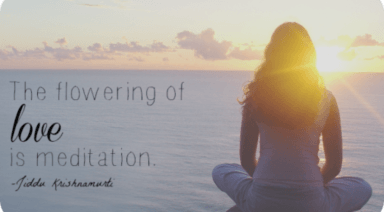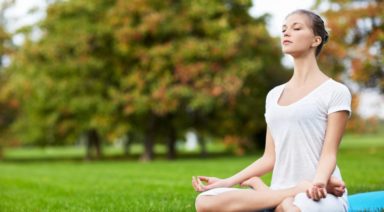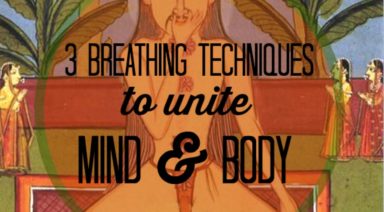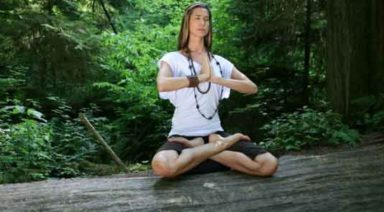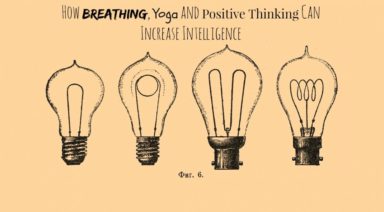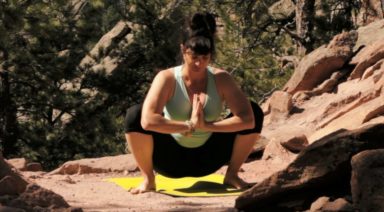7 Ways to Ease Into Meditation

Meditation is for everyone: monks in Tibet, yogis, corporate lawyers, gardeners, the rich, poor, young, and old. We may all approach life differently but in meditation, we are all doing the same thing: quieting the mind and looking within. In a society where information is so readily available, we often look to other sources for opinions and advice. It’s more important than ever to make meditation a priority. Our bodies and minds are our greatest compasses in life. They will always tell us if something we are doing is good for us or not; we just have to stop for a moment to look, feel, and listen from within.
Enter the Here & Now Through Meditation
Whether you’re looking to cultivate more authenticity, increase happiness, improve relationships, or reduce stress, all of these things are accessible to you through the practice of meditation.
Sign up for Here & Now: A Beginner’s Guide to Meditation and fundamentally change your life.
Here are 7 Ways to Ease Into a Meditation Practice:
1. Give yourself some “soft time” before meditation
Often, the moment you try to quiet the mind it will wander in a thousand different directions. “I forgot to do this today… the kids have a big test tomorrow…my husband forgot to take out the trash…there is a sale at the grocery store…I don’t have time to sit here doing nothing…” Give yourself a few minutes to let the mind do this and then ask it to quiet down. Truly ask it; it’s usually responsive.
2. Compose a to-do list
If after letting your mind wander and asking it to quiet down, you are still unable to reach a place of stillness, write those pesky things down, and acknowledge them. Sometimes that’s all thoughts need— acknowledgment.
3. Start a ritual
Meditation can be done anywhere at any time. It can be done in the middle of the subway during rush hour or in the middle of a meeting with your boss (I don’t recommend the latter). I’ve found, though, that training the mind to quiet down in a specific setting prepares it to settle down with less effort. Light candles have chamomile tea, take a bubble bath. Signal to your mind that it’s time to relax.
4. Learn to observe
We are not our thoughts. We have our thoughts. Try to detach yourself and simply watch them go by. View them in a cloud or a bubble and allow them to float away.
5. Focus on the breath
I know, you have heard this a million times. But it works! The best lesson I received in meditation is to focus on the pause between inhales and exhales. The four stages of breath give the mind something to focus on and connect us to our life force. You can focus on the breath and reduce your stress in just 15 minutes with Seize the Day! prior to even leaving the house. It’s lovely.
6. Do yoga
Yoga flows can become a moving meditation. Yin yoga can bring your mind and body into stillness. Kundalini can prepare the breath. Any type of yoga can open the mind and body to meditation. You can’t lose.
7. Think Positive Thoughts
Finally, if you’re having a crazy day and can’t get your mind to settle down, it’s OK. Think positive thoughts. There are days when meditation is easy, days when it takes a little longer to become still, and days when it just doesn’t want to happen. I used to become annoyed with myself if I couldn’t stop the endlessness of my thoughts, but that defeats the purpose. On those days, I ask my mind to come up with as many positive words as it can. Joy, peace, serenity, gratitude, etc. After even just a few minutes of doing this, I guarantee you will be in a calm, peaceful place.
Begin Hacking Your Way to a Solid Daily Meditation Practice
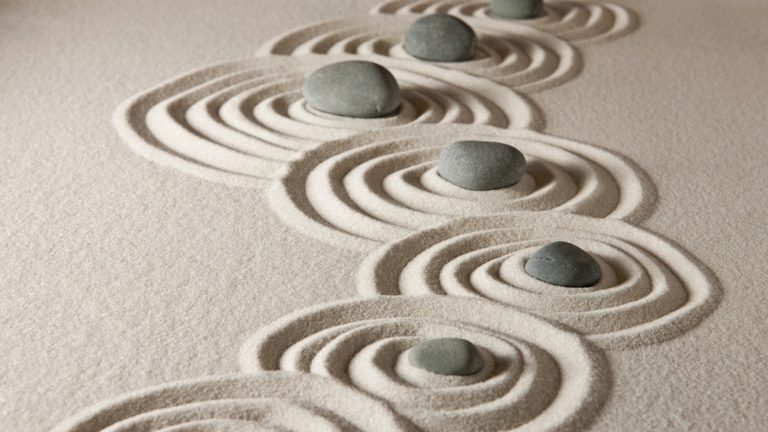
One day a sage and his students were meditating together. At one point the student noticed the teacher floating in the air.
Frustrated, he said to his teacher, “Master, I don’t understand why I’m not floating too. What is the difference between you and me that you can do this and I cannot?”
From his position aloft, the master looked down at the student and said, “Practice.”
How many articles, blogs, or social media posts have you read lately that start like the next sentences?
“A 2014 Harvard research study determined that meditation builds the brain’s gray matter in eight weeks. Grey matter, composed of neurons, makes up about 40 percent of the brain. More is good.”
Then they continue by citing more research.
“Meditation reduces anxiety, according to another study. Meditation reduces age and race bias — meaning that meditation could be an antidote to racism and prejudice — says a 2015 Central Michigan University study. According to the American Psychological Association, “mindfulness-based cognitive therapy [meditation] may prevent and treat depression.”
More research: Vast swaths of first-world societies struggle with self-acceptance, experiencing “body dissatisfaction.” Results of a 2014 study report that meditation increases “self-compassion,” meaning reduced “body shame,” and increased sense of self-worth.
And one more: The Mayo Clinic reported that a growing body of research suggests meditation may help manage symptoms of asthma, cancer, heart disease, high blood pressure, and irritable bowel syndrome, and offers methods such as guided, mantra, and mindfulness meditation as well as qigong and tai chi.
At this point, not making the effort to establish a meditation practice might be likened to not flossing your teeth. And the benefits, including emotional hygiene, addiction resistance, enhanced immune system function, etc., are so far-reaching, one might think humans require meditation for optimal function. Just the fact that meditation is proven to increase happiness should be enough to send us running, en masse, to our cushions. So why aren’t we all meditating like a nation of monks?
Good question. Consider this.
We like to imagine we’re “free” to do what we like.
Think again.
As adults, we’re free of parental regulation — yay — but if, when encountering friction, we give up on creating new habits, we’re slaves to our own resistance. This means we’re not free to easily embrace and integrate habits that dramatically increase our well-being and quality of life.
For many, failing to meet goals on the first few attempts means lost resolve. Initially, when we’re practicing our new thing, be it a musical instrument, a language, or maybe fencing, we feel solid and inspired. Sooner or later we miss a day because (pick your favorite): We didn’t practice but we’re tired and it’s time for bed. Or there’s a crisis. Or a distraction. Or we’re traveling. Or it gets harder and not as fun. Or boring. Or we weren’t in the mood, or we had a sick child, or we forgot (the most insidious). The rationales are infinite. A couple of “misses” can mean a loss of momentum.
Then we beat ourselves up a little (or a lot) and slide back into old routines, waiting for the next upswell of inspiration, the next urge for change, the next training or class, or in the case of meditation, the next weekend retreat. “Maybe a new method will do the trick,” we think.
If this doesn’t sound familiar, and you are someone who seamlessly integrates new disciplines into your life without missing a beat, skip the next section. Flawed mortals, read on.



